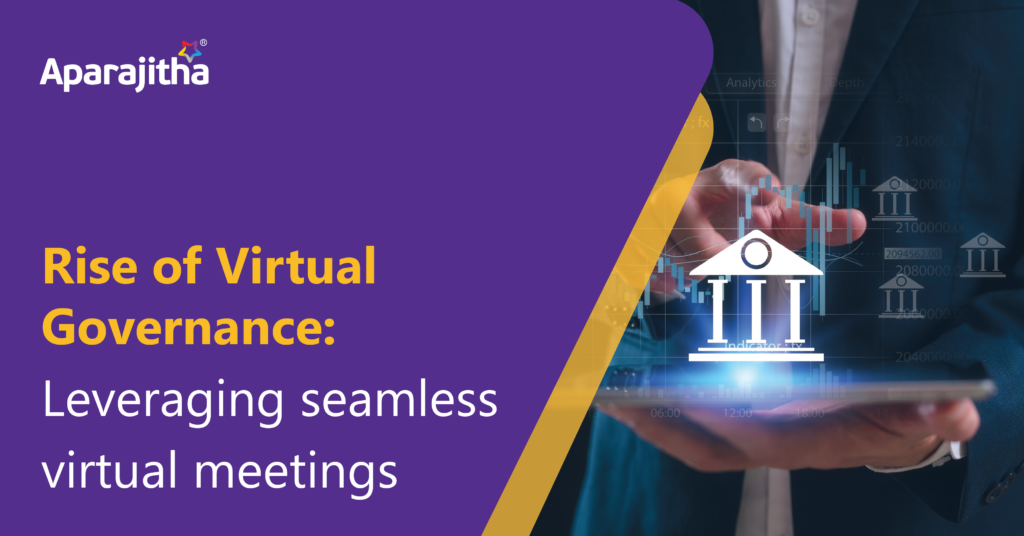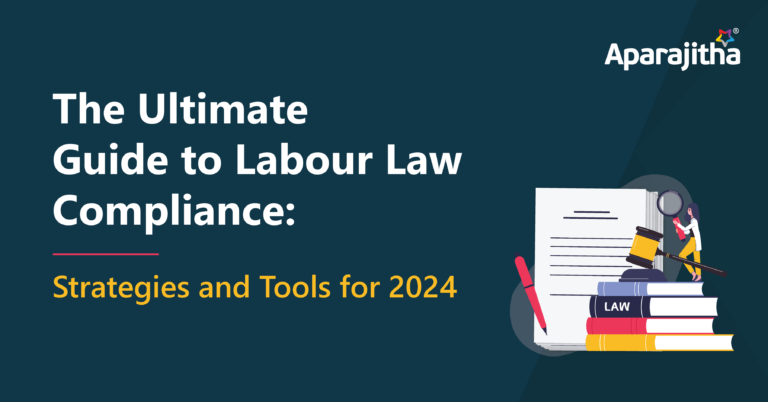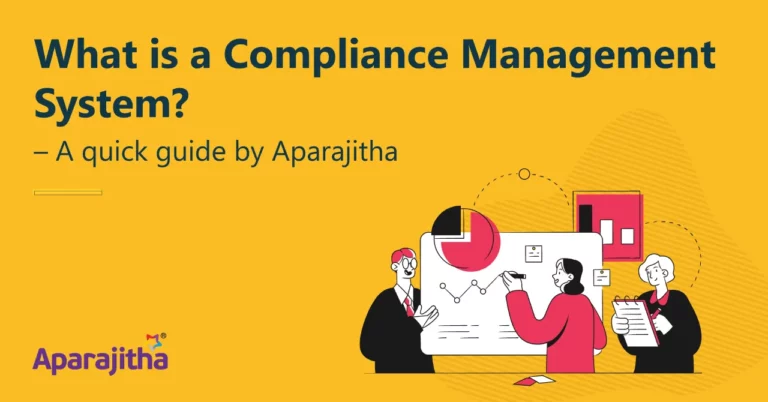An Overview on significant amendments related to Conducting AGM’s through Video Conference (VC) or Other Audio Visual Means (OAVM)
INTRODUCTION
“Video Conferencing or other audio visual means” has been defied to mean that audio-visual electronic communication facility employed which enables all the persons participating in a meeting to communicate concurrently with each other without an intermediary and to participate in the meeting effectively and efficiently.
The Section 173 of the Companies Act, 2013 read with Rules 3 & 4 of the Companies (Meetings of Board and its Powers) Rules, 2014 lay down the legal provisions with respect to holding board meetings through video conferencing.
EVOLUTION
On 5th May, 2020 the Central Government issued Circular No. 20/2020 F. No. 2/4/2020-CL-V stating that Companies whose financial year ended on 31st December 2019, have been allowed to hold their AGM’s by 30th September, 2020 and allowed to conduct through video conferencing “(VC)” or other audio visual means “(OAVM)” during the calendar year 2020 with some requirements for Companies which provide the facility of e-voting to members and for Companies which do not provide the facility of e-voting under the Act.
In continuation of aforesaid circular, on 14th December, 2021 the Central Government issued Circular No.21/2021 F. No. 17/57/2021-CL-MCA allowing the companies which are proposing to organize AGMs in 2022 for financial year ending 31.03.2022 through VC or OAVM as per respective due date by 30th June,2022 along with the requirements prescribed in previous circular. Also it clarifies that this extension is not about any extension of time for holding AGMs by companies under the companies Act, 2013 but for extension for holding AGM through VC or OAVM.
Recently, on 19th October 2024, the Central Government issued /circular No. 09/2024 F. No. 17/57/2021-CL-MCA allows the companies whose AGMs are due in year 2024 or 2025 , to conduct their AGMs through VC or OAVM as well on or before 30th September, 2025 in accordance with provisions laid down by previous circulars.
But a notable change in this recent circular is that, this circular also allows the companies to conduct their EGMs through VC or OAVM with framework provided in aforesaid circulars up to 30th September, 2025.
COMPONENTS OF VIRTUAL MEETINGS
Technology and Tools
Choice of technology plays a critical role in the success of virtual meetings. Companies need to select reliable platforms that offers offer features and stable quality. There can be some more functions such as Screen sharing, Chat functions and recording capabilities with integration.
Effective Moderation
A Virtual meeting moderator ensures that the meetings stays on track, participants adhere to agenda, and time management us maintained. Those moderates can also handle any technical issues, manage interactions, and restrict access to make sure that unauthorized individual cannot join.
Virtual Infrastructure
High-performing companies invest in a robust technology infrastructure to facilitate seamless flow. Includes selecting enterprise- grade platforms with advanced features like multiscreen sharing, Breakout rooms, cloud-based recordings and collaborations tools. Ensuring connectivity and leveraging VPNs for secure communications are critical steps to mitigate potential disruptions.
MATTERS NOT TO BE DEALT IN VC OR OAVM
According to Rule 4 of The Companies (Meetings of Board and its Powers) Rules, 2014 the below are the matters which shall not be discussed through Video Conferencing or Audio Visual means.
Matters such as:
- Approval of Financial Statements
- Approval of Board’s Report
- Approval of Prospectus
- Approval relating to Amalgamation, Merger, Demerger, Acquisition and Takeover
IMPACT ANALYSIS
Cost Efficiency
In person meetings often involve significant costs, including travel and accommodations. Virtual meetings drastically reduced or eliminated the costs, making them a cost-effective alternative. And helps organizations to save substantial resources while maintaining high levels if engagement.
Time Management
Virtual meetings offer greater flexibility and time savings, as participants can join from different locations. Scheduling is easier and there is no need for travel and allowing meetings across time zones.
Global Accessibility
Physical meetings limits accessibility, but virtual meetings provide global accessibility by enabling teams across different geographical locations to connect effortlessly. This opens up opportunities for broader participation and diverse inputs without the limitations.
FREQUENTLY ASKED QUESTIONS (FAQs)
Can a Company hold general meetings through physical as well as video conferencing at a time?
Yes, it’s not mandatory for companies to hold general meetings through VC only. Meetings may be held in physical mode or in hybrid mode (both physical and VC) also.
Which companies are required to facilitate members with E-voting at their General meetings?
Rule 20 of the Companies (Management and Administration) Rules, 2014 requires following class of companies to provide e-voting facility at general meeting:
- Every Listed Companies
- Every Company having not less than 1000 members
Whether these AGM provisions are applicable for OPC?
Section 96 of the Companies Act, 2013 exempts OPC from conducting AGM. So these provisions are not applicable to OPC.
Do Directors and Shareholders have any rights to ask for recording of AGM conducted through VC or OAVM?
Recording of general meetings held through VC or OAVM is not mandatory as per provisions and only recorded transcripts has to be maintained. Therefore, a shareholder/director cannot ask for the recording of meetings. Even if the company records the meetings, it’s for their internal purposes only.
CONCLUSION
Virtual meetings have undeniably transformed the way business operate, breaking down geographical barriers and enhancing collaboration across global terms. The convenience, scalability and efficiency they offer have redefined the future of work. With the rise of virtual governance, the role of digital platforms is more critical than ever. In an increasingly connected world, virtual meetings aren’t just a temporary fix, they are strategic advance.







